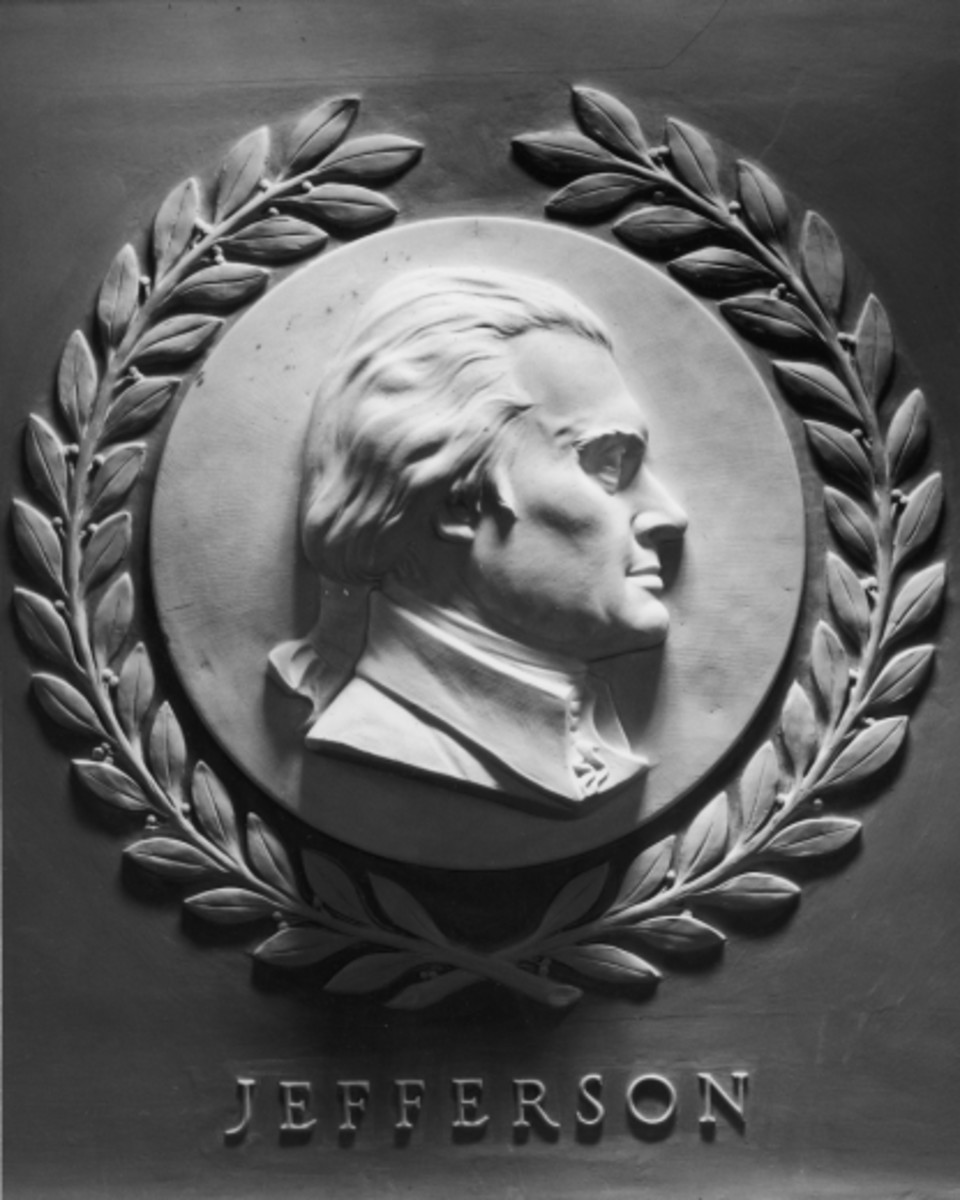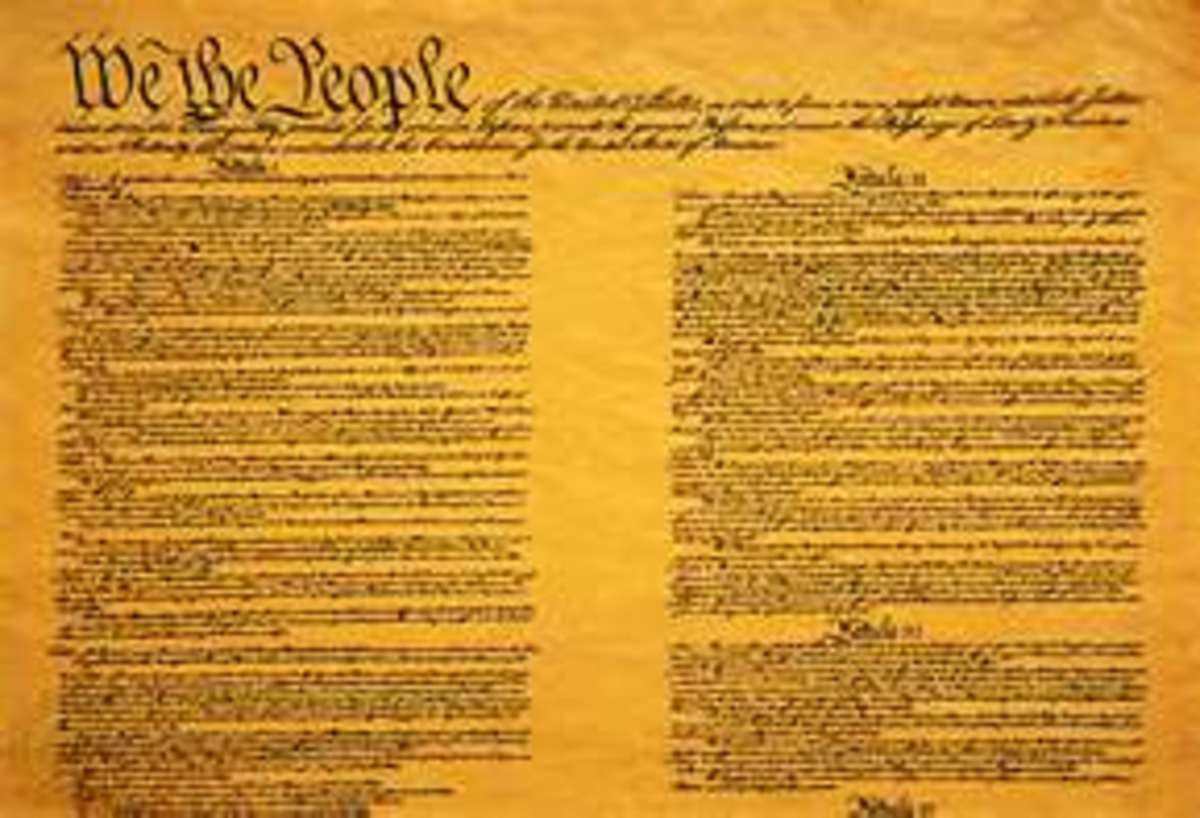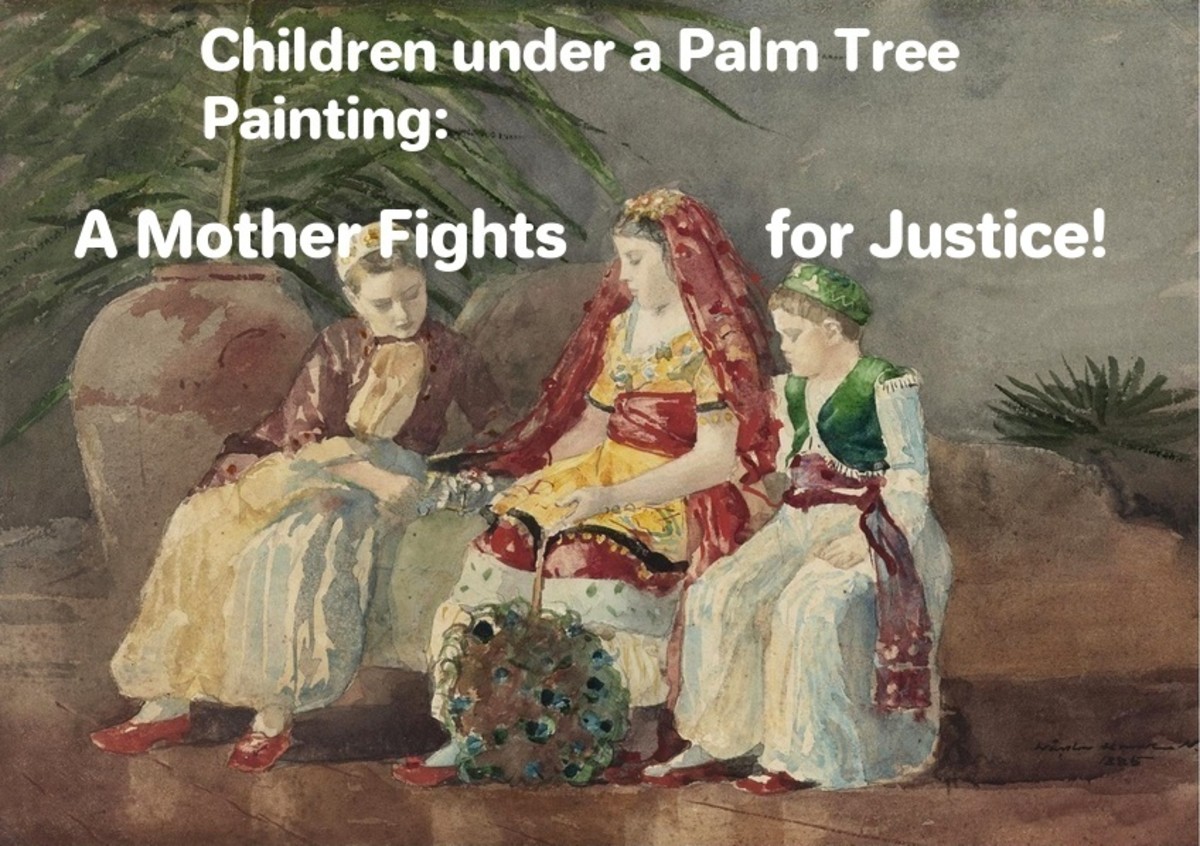On Masterpieces
“Literature is a vast forest and the masterpieces are the lakes, the towering trees or strange trees, the lovely, eloquent flowers, the hidden caves, but a forest is also made up of ordinary trees, patches of grass, puddles, clinging vines, mushrooms, and little wildflowers.” –Roberto Bolano
Literary masterpieces, despite major displacements in eras and cultures of creation, such as Homer’s “Iliad,” Shakespeare’s “Hamlet,” and Bradbury’s “Fahrenheit 451,” have similar characteristics that allow them stand out above the mundane literary works from all ages. Masterpieces of poetry or prose should exemplify the highest quality of content, form, and execution of writing style in their particular historical contexts, yet nevertheless remain timeless and appreciable in all eras and cultures. This definition of a ‘masterpiece’ may seem fleeting and uncertain, but appropriate because the evaluation of a literary work is always dependent on past and present interpretations and receptions of the work; the future is always uncertain, especially in the weighing, and ranking of values. Thus, evaluating literature is often seen as a paradox. Some critics claim the effectiveness of a piece of literature is based on subjective responses, some say literature ought to use certain literary devices to be effective, and others say effectiveness lies in the author's ability to move the emotions of their readers. Personally, I think a masterpiece should allow readers to make meaning from a text as well as culture collectively, enlighten and illuminate new perspectives through the use of literary devices and techniques, and stir emotional reactions.
From my experiences in college level English courses and reading masterful works of literature such as John Milton’s “Paradise Lost,” Shakespeare’s “King Lear,” and Thoreau’s “Walden,” I have an expectation that masterpieces should be written beautifully; embellished with provocative figures of speech and interesting twists on literary conventions. Milton is particularly well-known for his extended metaphors, which trail on for up to 8 or 10 lines. After reading T.C. William’s poetry, I realized that masterpieces did not have to be epic in length such as Homer and Virgil, but brilliance could be demonstrated in smaller portions and in all types of genres. Williams was especially skilled at invoking imagery and sensory perception in his short works of poetry. From reading E.E. Cummings, I learned writing style did not need to be formal, ornate, or religious to be considered beautiful and effective. Furthermore, the traditional conventions of literary, even simple rules such as correct punctuation and spellings were intentionally tweaked and manipulated to best express his meaning.
As I progressed further in my education, I realized two important components central to all masterpieces: 1) timing and 2) timelessness. The time a literary work is created is crucial to the style, content, and form that work is written in. Homer wrote in epic style because it reflected oral storytelling traditions that shortly preceded him, and Virgil wrote in epic style because his culture was obsessed with their Greco-Roman roots to Homer. Furthermore, the content of masterpieces also mirrors its time. For example, Dante’s “The Divine Comedy” reflected, or rather resulted from the historic shift from paganism to Christianity, and Aphra Behn’s “Oroonoko” is a reaction to the trans-Atlantic slave trade and reflection of clashing between Western and African society, male and female receptions. So, while masterpieces work with and refute each other on the pretense of appealing to tradition, they almost always reflect the era in which they were conceived.
The second essential aspect of all masterpieces is timelessness. While differences in timing may result in obscure allusions and odd uses of figures of speech, they can nevertheless speak relevantly to current readers if they address enduring human concerns, archetypical characters, incorporate dramatic actions that illustrate beliefs and values fundamental to the culture in which it was created, and focus on meaningful themes. Thus, while contemporary readers may not be able to relate to the Achaean’s unwavering belief in the Greek gods and goddesses in Homer’s “Iliad,” they can still sympathize, or at least empathize, with Achilles’s deep sadness after Agamemnon orders the seizure of Briseis, Achilles’s ‘prized’ spoil of war. Furthermore, while contemporary readers might find Shakespeare’s Romeo and Juliet rather naïve and featherbrained, they can still sympathize with their expressive love for each other because Romeo and Juliet exemplify the classic, archetypical relationship between the charmer and charmed; a relationship still written on in novels, movies, and television scripts today. Moreover, while Thoreau’s “Walden” explores many political and economic themes that set in the 1800s, many readers today still find relevant analogies and explanations to present-day American politics and economics. Thus, while timing is an influential component in the construction of a literary work’s style and form, content can be an important preservative.
In fact, the interpretation of past literary masterpieces has had a profound impact on present-day society. For example, enlightenment thinkers such as Rousseau, Locke, and Voltaire wrote many political philosophies that collectively influenced the writing of the United States Constitution, and in turn, the United States Constitution allowed the expansion of rights and amendments to U.S. citizens that continue to set the standard for all bills and laws made today. Moreover, Shakespeare’s original approach to playwriting by using a combination of blank verse and iambic pentameter set the stage for playwrights in the 17th and 18th century such as Marlowe; this development was crucial for the plays in the modern period such as Isben’s “A Dolls’ House” and Miller’s “Death of a Salesman” because Shakespeare and Marlowe imitated and revised the Italian renaissance stage model and created a unique English standard of playwriting form and style that continued to influence playwrights throughout the 17th-20th centuries.
It is easy to see the importance of literary masterpieces in all eras and cultures. Masterpieces essentially have the power to establish national and religious identity and impact millions of lives. For instance, Virgil’s “Aeneid” was the definitive book that would answer what it was to be Roman; it was the national epic that held an expansive empire together. Furthermore, the Bible had the power to establish the identity of two of the world’s most important religions, Judaism and Christianity, and still manage to maintain this influence over many centuries of turmoil and conflict. In a way, masterpieces of literature can be seen as the bindings, or the glue that holds together an entire culture at any particular time. For Americans today, the masterpieces they rely on are the Declaration of Independence and the United States Constitution. These are the literary works that summarize what is means to be American, and it keeps them united through the prevalence of national identity.








